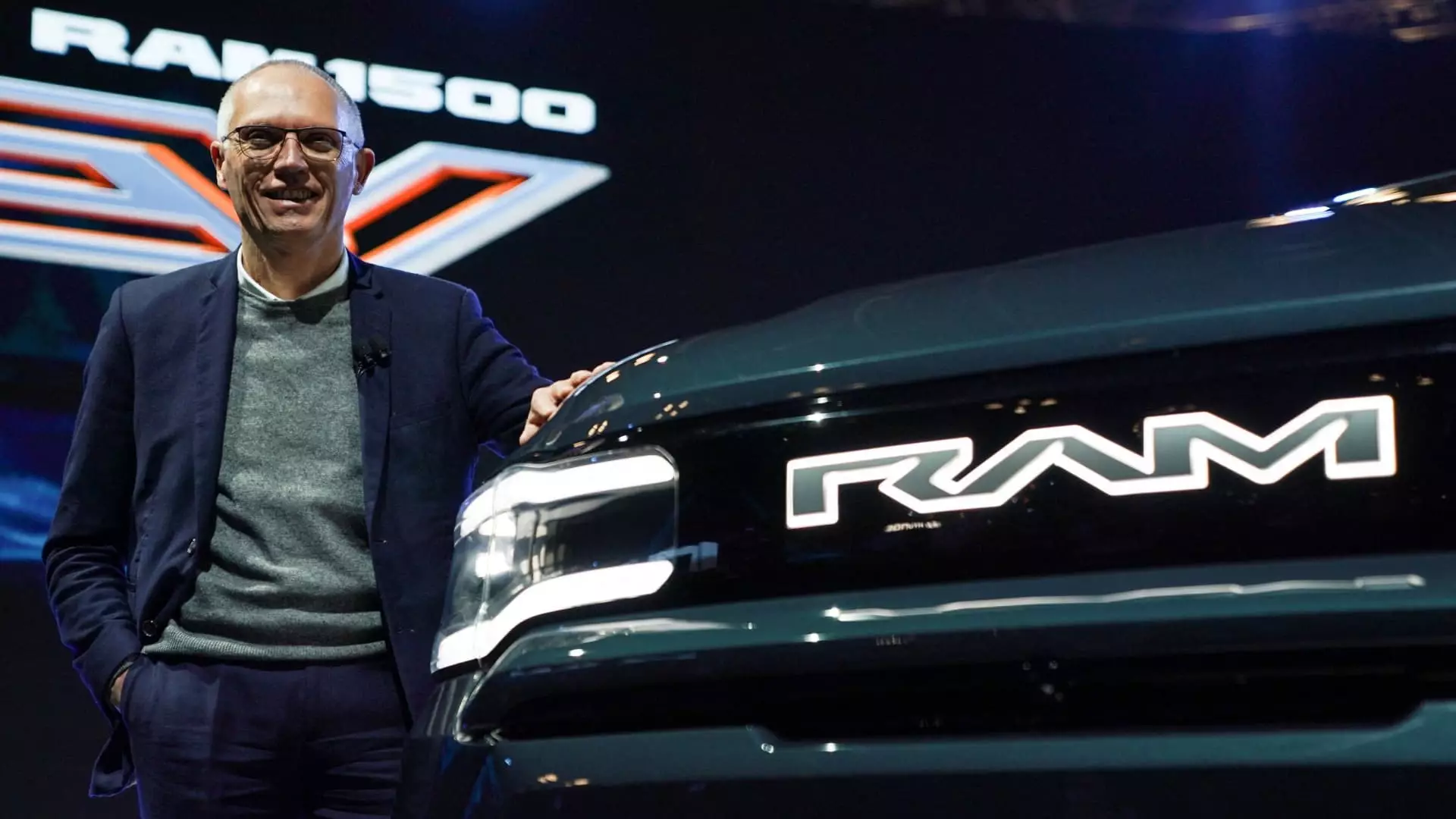Stellantis, the multinational automotive giant born from the merger of Fiat Chrysler and PSA Groupe, is currently facing significant challenges. Recent market performances have prompted backlash from its U.S. dealer network and the United Auto Workers (UAW) union, both of whom are sounding alarms over leadership choices made by CEO Carlos Tavares. As the public outcry grows, scrutiny of Stellantis’ business strategy has intensified, highlighting a cascading series of issues that threaten the very stability of the company.
Dealer Frustrations: A Call to Action
This week, an open letter from Kevin Farrish, the head of Stellantis’ U.S. dealer council, directly criticized Tavares. The correspondence painted a dire picture, citing drastic declines in market share and plunging stock prices. From a dealer’s perspective—especially one managing a property in Virginia as Farrish does—the stakes are significant. With 2,600 dealers representing Stellantis across the country, the message is clear: Tavares’s focus on immediate profit while neglecting essential operational health has resulted in a “reckless short-term decision-making” approach.
Farrish’s letter didn’t just outline frustrations; it detailed the fallout—factory closures, layoffs, and key executives departing from the company. The implication was unambiguous: Tavares’s strategic choices were viewed as a betrayal of the values upheld by Chrysler, Dodge, Jeep, and Ram. The brands, once synonymous with American automotive culture, are now tainted by lack of trust and poor sales figures, drawing scrutiny from both dealers and union representatives.
In stark contrast to the dealer’s despair, Stellantis publicly defended its financial results, asserting a 21% increase in sales in August compared to July. How can two narratives exist simultaneously? On one hand, Stellantis reported a record profit for the year, yet it also suffered a staggering 48% drop in net profit during the first half of 2023 versus 2022. Such disparities suggest a precarious balancing act that risks alienating key stakeholders—the very dealers responsible for selling their vehicles.
While the company touts its “Dare Forward 2030” strategy aimed at doubling revenue, the execution remains questionable. The plan’s backbone relies heavily on cost-cutting measures and restructuring tactics that have left some executives feeling overburdened. Informants from within the company describe a climate of excessive pressure, which, although is marketed as necessary, could discourage long-term loyalty and morale among the workforce and dealer network.
The UAW, representing roughly 38,000 workers at Stellantis, has positioned itself firmly against Tavares’s management style. Union President Shawn Fain has condemned the CEO’s strategies, asserting that they compromise both fair labor practices and customer trust. Moreover, the union’s planned rally to address “gross mismanagement” aims to unify workers and dealers in their criticism against a regime they perceive as prioritizing profit over people.
The workers’ apprehensions resonate with the sentiments echoed by dealers. As Stellantis’ sales figures continue to dwindle, the comparison to the overall increase in the new light-duty vehicle market becomes glaring. How can an entire organization falter while competitors flourish? The discrepancy raises pointed questions regarding leadership effectiveness, strategy alignment, and operational execution.
The Path Forward: Rebuilding Trust and Performance
Ultimately, Stellantis is at a crossroads. To regain momentum in a competitive automotive landscape, it will require more than just an upbeat financial claim. The organization must work diligently to address the grievances of both its dealer network and workforce. Dialogue—the kind that mends relationships rather than exacerbates divisions—will be essential as the company seeks to realign its goals with market realities.
A recalibration of priorities is necessary; Tavares must reassess how profit, customer satisfaction, and employee well-being can coexist in a thriving automotive ecosystem. The coming days and months will be crucial in determining whether Stellantis can mend its frayed stakeholder relationships and restore consumer confidence in its brands. Without a concerted effort to bridge the disconnect, the risk of further decline looms large over Stellantis, eclipsing any fleeting profitability.

Leave a Reply